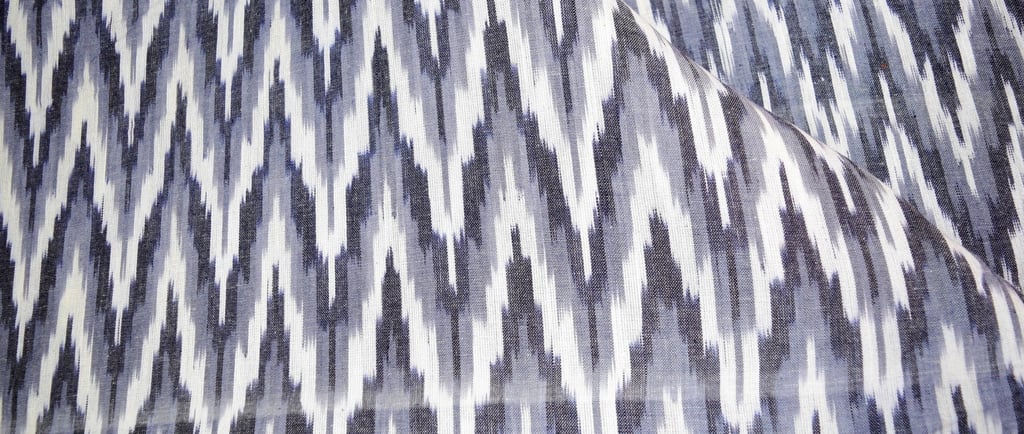Meaning of Ikat and Ikkat
Title: Unraveling the Thread: Understanding the Difference Between Ikat and Ikkat


When it comes to textiles, the language can sometimes weave a complex tapestry of terms, leaving even the most seasoned enthusiasts bewildered. Among the myriad of words that often cause confusion are "ikat" and "ikkat." While they may sound similar and refer to similar techniques, there are subtle yet significant distinctions between the two.
Ikat:
Let's begin with the term "ikat." Originating from the Indonesian word 'mengikat,' meaning to tie or bind, ikat is a dyeing technique used to pattern textiles. It is characterized by its unique process of resist-dyeing the yarns before they are woven into fabric. This involves tightly binding sections of the yarn with a waterproof material like wax or plastic to prevent them from absorbing dye. The yarns are then dyed, and after the dyeing process, the bindings are removed, revealing the pattern. These yarns, now patterned, are then woven into cloth, creating the distinctive blurred edges and slightly imperfect patterns that are hallmarks of ikat fabrics.
Ikat is a centuries-old technique that has been practiced in various cultures worldwide, from Indonesia and India to Central Asia and Latin America. Each region has its own unique style and motifs, reflecting the cultural heritage and artistic traditions of the area.
Ikkat:
On the other hand, "ikkat" is a term commonly used in India, particularly in the Telangana and Andhra Pradesh regions, to describe a specific style of ikat weaving. The term "ikkat" is derived from the Indonesian word "mengikat," just like "ikat." However, in the Indian context, "ikkat" refers to the technique where the yarns are resist-dyed both before being woven into fabric and after, resulting in patterns that appear on both the warp and weft threads.
In ikkat weaving, the patterns are created by selectively dyeing the yarns using bindings or tying techniques before they are placed on the loom. This meticulous process requires great skill and precision to align the dyed yarns correctly during weaving, ensuring the intricate patterns emerge as intended.
Distinguishing the Two:
To summarize, while both ikat and ikkat involve a resist-dyeing technique applied to yarns before weaving, the distinction lies primarily in their execution and regional variations. "Ikat" is a broader term that encompasses the resist-dyeing technique practiced in various cultures, while "ikkat" specifically refers to the style of ikat weaving prevalent in certain regions of India.
Whether you're drawn to the vibrant hues and dynamic patterns of Indonesian ikat or the rich cultural heritage embodied in Indian ikkat textiles, understanding the nuances between these terms can deepen your appreciation for these timeless textile traditions. So, the next time you encounter these terms, you can unravel the threads of distinction with confidence.
